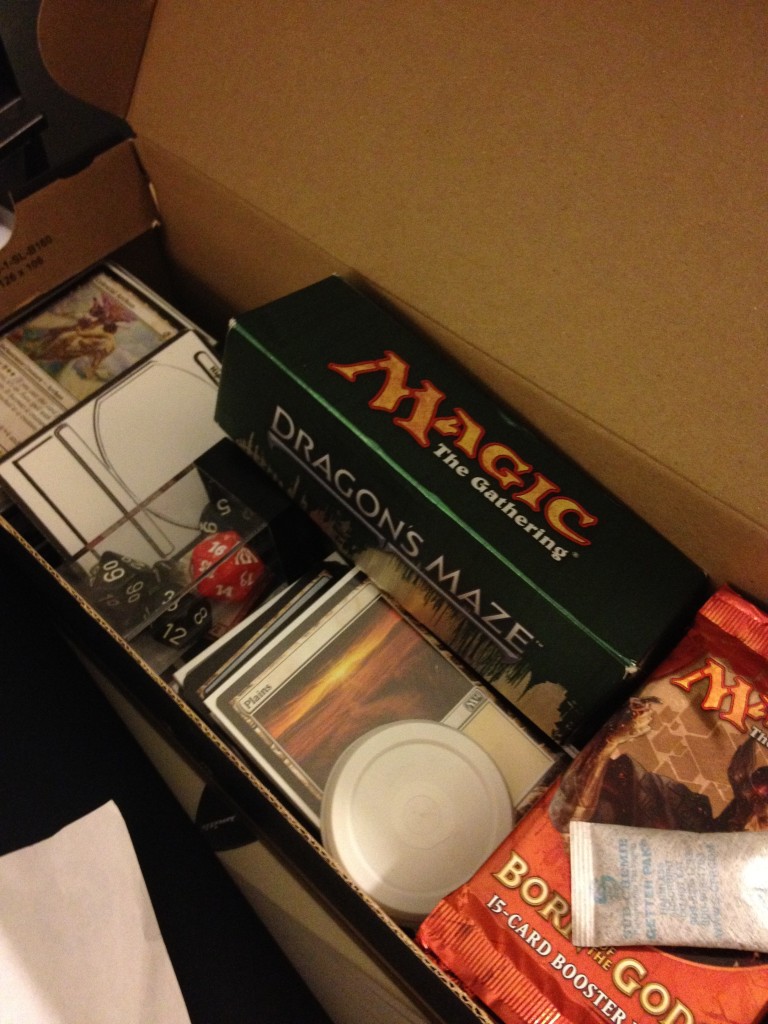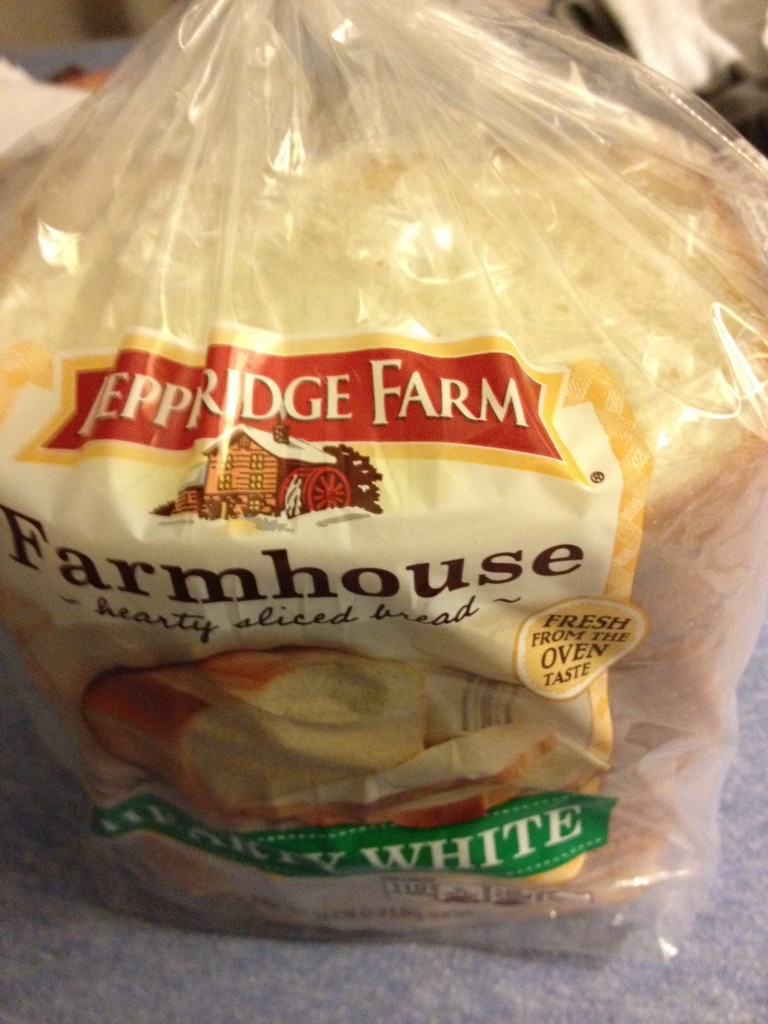Let’s talk about bread.
BREAD is a pretty popular way to teach players the Draft format. Prioritize bombs, removal spells, evasive creatures, and aggressive cards. I think the D stands for dudes or durdling or something. But the general principle is clear: you should either be picking creatures that kill your opponents or, failing that, cards that neutralize their threats.
Drafting BREAD is popular for a lot of reasons. The acronym is easy to memorize, and it gives things a clear hierarchy: bombs are better than removal, which should be taken over evasion, and so on. When you’re staring down a pack of Theros and trying to figure out what the hell a [casthaven]Whip of Erebos[/casthaven] actually does, you can at least be assured that, a. it’s a bomb and, b. worth your while. And when the good rares and uncommons start to dry up, you can move into the [casthaven]Sip of Hemlock[/casthaven]s and [casthaven]Lash of the Whip[/casthaven]s and end up with a draft deck that will probably take you to a 1-2 finish, only because your third round opponent dropped. (This hits pretty close to home.)
I employed this method for my first months of drafting, churning through online Swiss drafts and $15 paper events and slowly burning through my cash while accumulating piles of extraordinarily average decks. Eventually, after writing for the Hipsters’ for half a year, something clicked. I started to see results with my decks. And while this conveniently coincided with the time I started to force black every draft, I thought there was something more going on.
I spent the better part of this afternoon trying to make a cute acronym for my draft approach. I threw around words like impact and synergy, hoping to find a new system to describe drafting beyond a beginner level. In the end, I discarded everything and settled on the concepts that helped my drafting the most: commons, consistency, and pressure.

Also: shoeboxes filled with Magic.
40 cards is not a lot. And this means you’re going to see a lot of the same cards pretty often. I’m not sure why it took five months for me to realize this, but it has shaped how I draft and deckbuild. I started to evaluate cards from every pick. Would I want to see this in my opening seven? Will it help me break open a stall, or stabilize versus an aggressive start? A good top deck? Reliable finisher? Pretty card art, but functionally useless?
Early drops receive more precedence. At a GP Philly side event, I watched an unanswered turn-two [casthaven]Oreskos Sun Guide[/casthaven] create an insurmountable early advantage. A two-drop, three-drop, four-drop curve is a thing of beauty and, in a lot of cases, the ticket for your opponent’s early exit. Having a reliable seven mana flying thing to end games is nice, but having control of the board state is even better. Especially because you can accomplish that with cards that come around fifth, seventh, tenth pick.
This ties into pressure, the ability to force an answer from your opponent. [casthaven]Ornitharch[/casthaven] isn’t good because he hangs out with a bunch of doves, but his role as a four-turn clock that demands a response. Same with [casthaven]Minotaur Skullcleaver[/casthaven]’s ability to chunk enemies in aggressive red decks.And how blue’s bounce in UG decks allow your big creatures to swing in.
But after a couple dozen drafts, the biggest realization is that there’s a lot to learn that I can’t really write about. Draft requires a lot of intuition, the kind of understanding developed by years of consistent learning, experience, and practice. I’m nowhere close to the level of the other Hipsters. And this isn’t even discussing the handful of gameplay mistakes I make on a regular basis. The ability to assign blockers, assess for combat tricks, and navigate board stalls might be even more important than knowing what card to take eighth pick. But that’s a bridge I’ve yet to cross.
In other news, this scrub has a playmat! I picked it up for about $20 from Inked Playmat’s last sale. I didn’t really have any expectations, but this thing is absolutely sick—thin, smooth, and all of the coloring is on point.
I can’t wait to bust it out at tomorrow’s FNM, which I’ll probably attend instead of studying. Like I said, it’s the little things.
Tony is the Hipsters’ resident scrub, and Scrub Report is chronicle of learning Magic. Find him @holophr.



